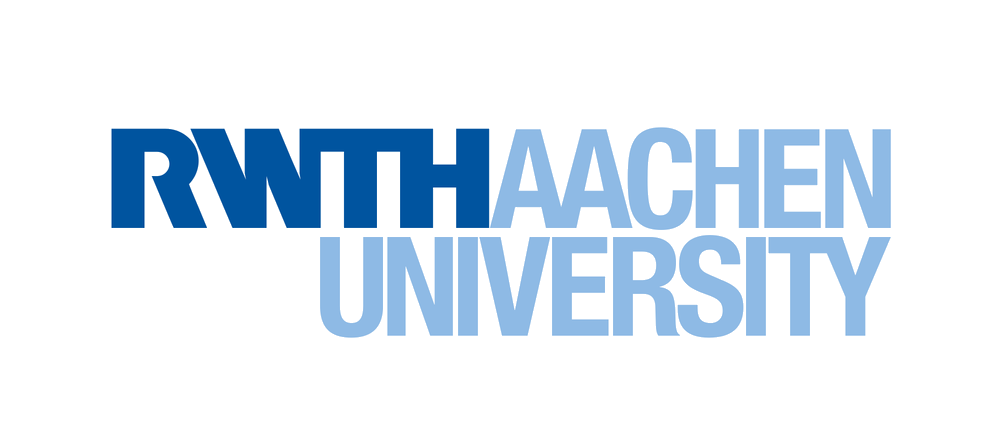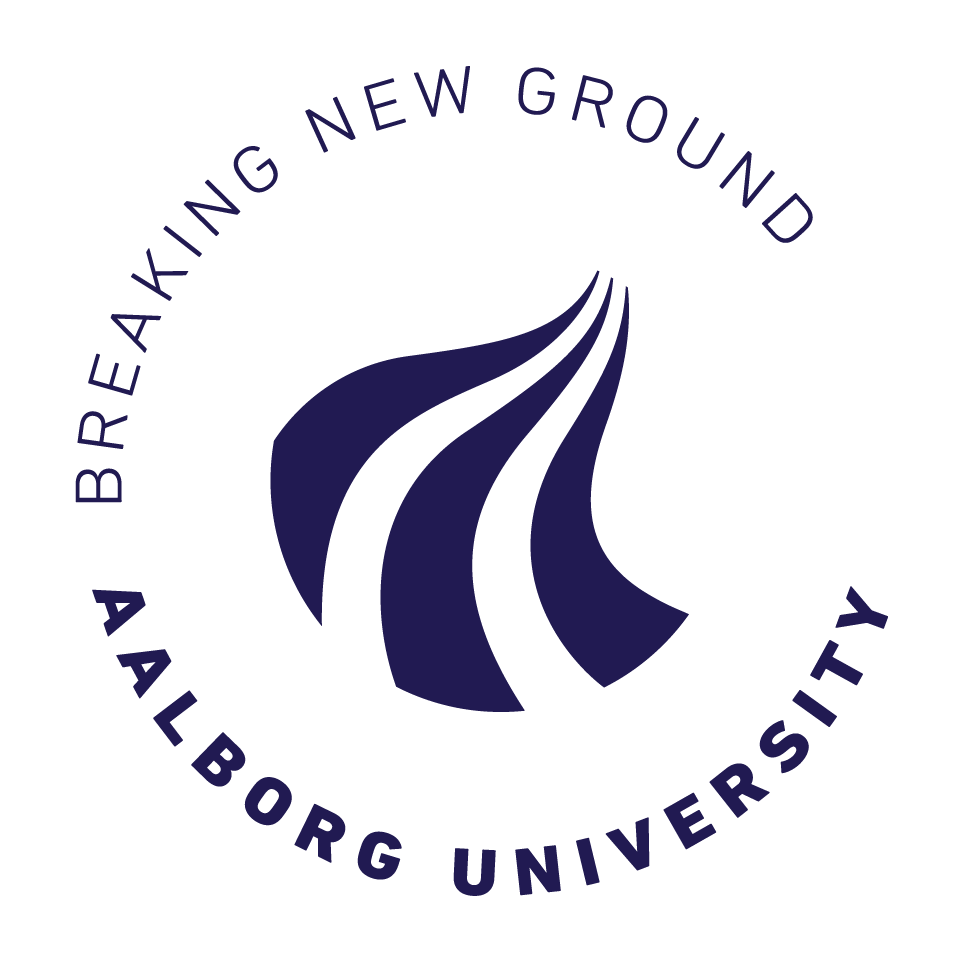Improvement of Physics Models
Digital Twin (DT) models are crucial for predicting and enhancing powertrain lifespans.
The main ambition of TEAMING is to design a DT representative of the whole powertrain system, integrating unitary DTs of the sub-components of it (battery, FC, power electronics, e-motor), with an accuracy consistent with the optimal components management strategies requirements and valid all along with the lifespan of the system.
To do so, it is necessary to rely on suitable Physics Based models.
CHALLENGE
The current performance of the DT models is based on the ability to evaluate only external (surrogate models) or external and internal (Physics-Based) physical states.
Though the precision of Physics-Based (PB) models is high, they are computationally heavy. PB models require the pre-identification of a set of physical parameters and Data Driven models require a lot of training data.
Additionally, the actual knowledge of the ageing mechanism of the sub-components’ technologies, although largely studied in the literature, is still not sufficient to enable an accurate estimation of the ageing nor the RUL of the components
APPROACH
Physics Based Models (DFN model for battery, FC model, e-motor model, different power electronics systems models + thermal model) will be used as the base for a whole system Digital Twin mdoel.
The focus will be to identify and adapt the DT physical model parameters along sub-components’ lifetime based on latest Artifical Intelligence approaches to reach powerful physic-informed machine learning methodologies.
OBJECTIVE
Design a DT representative of the whole powertrain system, integrating unitary DTs of the sub-components of it (battery, FC, power electronics, e-motor), with an accuracy consistent with the optimal components management strategies requirements and valid all along with the lifespan of the system.
This DT should allow reaching a techno-economic efficiency via a hybrid model approach based on knowledge (improved PB Model) and available information from every deployed system equipped with dedicated sensors (time series databases).








